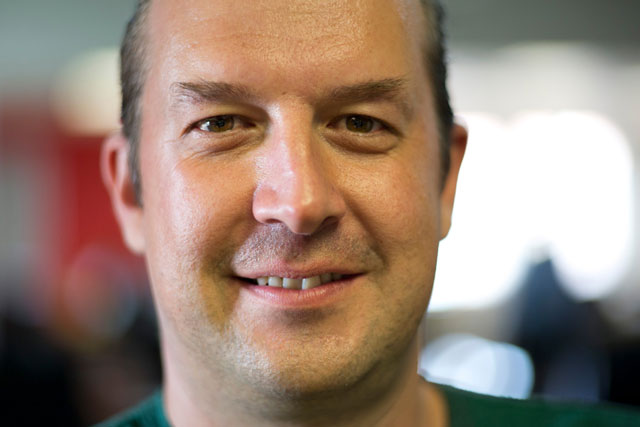
Advances in technology, coupled with the falling cost of hardware and software, have made it easier than ever to work in animation. The result has been studios springing up all over the world, including South Africa.
Now, thanks to increasingly speedy and reliable connectivity and a weakening local currency, the country is becoming more appealing to foreign companies seeking offshore animation services.
Paul Meyer, CEO of Luma, an animation studio based in Johannesburg, says the local industry has grown enormously in recent years. South Africa is receiving international attention because of its time zone, quality of work and poor state of its currency.
Meyer started Luma 12 years ago. The company is involved in everything from computer-generated imagery (CGI) to character and creature animation and photo-realistic editing.
According to Meyer, improvements in connectivity in South Africa in recent years have made it easier for studios like Luma to pitch for international business.
“The majority of our growth is international,” he says. “Three years ago, 20% of our revenue came from international work. Now it’s over 50%. We’re working on projects on four continents right now.”
Last week, Meyer participated in a stills shoot in Europe using Skype and other communications software to allow both teams to communicate and for Luma to examine and comment on stills as they were captured.
“With South Africa’s time zone, we are perfectly aligned with Europe and the UK and well positioned for Australia and the US. Our day starts as Australia’s ends, so we can solve problems overnight. With the US, we can hand over work at the end of the day and they can give us feedback overnight.”
Nonetheless, Meyer says some international clients still take convincing to outsource work to South Africa, but the state of the rand is an excellent motivator for clients paying in euros or dollars. The volatility of the currency has been the “single biggest driving force” behind Luma’s international growth.
The downside, however, is that South African companies still have to pay the same for hardware and software as their international peers but are usually expected to charge less. Also, the currency could recover, leading to a weakening in demand from overseas.
In Meyer’s experience, the biggest change to the industry in recent years has been the falling cost of hardware and software and the increasing number of animators this brings. “Ten years ago, finding the right talent was a problem. Now we’re sitting with a glut of it. There’s the same problem worldwide and the state of the global economy has a lot to do with it.”
The tools of animation continue to be democratised. “You now have access to desktop publishing services in every print and copy shop. They’re already doing basic 3D manipulation there for logos and things.”
According to Meyer, “the idea of a housewife doing CGI on an iPad at home is maybe two years away at most”. He says the tools for creation are there — Web-based clients and iPad apps for creating digital models and playing with digital clay — but the use of them is still niche. With time, however, that will change.
Rather than threatening the animation industry, greater access to software means smaller players can now compete with the big guns.
“Six or eight years ago, there was a huge gap between what Hollywood studios could do and what people buying off-the-shelf software could do, especially in terms of modelling hair, clothes, skin, explosions, splashes. But every year the guys producing off-the-shelf products add features. They’ve been playing catch-up for a decade, but now they can do most of what the big studios can do.”
The software used for modelling has also become easier to use. “There’s this kind of convergence where our technical guys have become more technical and the software has become less technical,” Meyer says, meaning people can build their own solutions.
“For example, we built our own fur system from scratch because nothing could give us what we wanted. We wanted something specific and, between existing tools and node-based visual programming tools in our software, we built our own system for our needs.”
There’s also enormous potential for overlap between the businesses of animation and “rapid prototyping” or 3D printing. “The rapid prototyping guys are on a parallel track to us and using similar technology, but we don’t really understand each other’s worlds,” Meyer says. “Sooner or later we’re going to cross-pollinate.” — (c) 2013 NewsCentral Media

